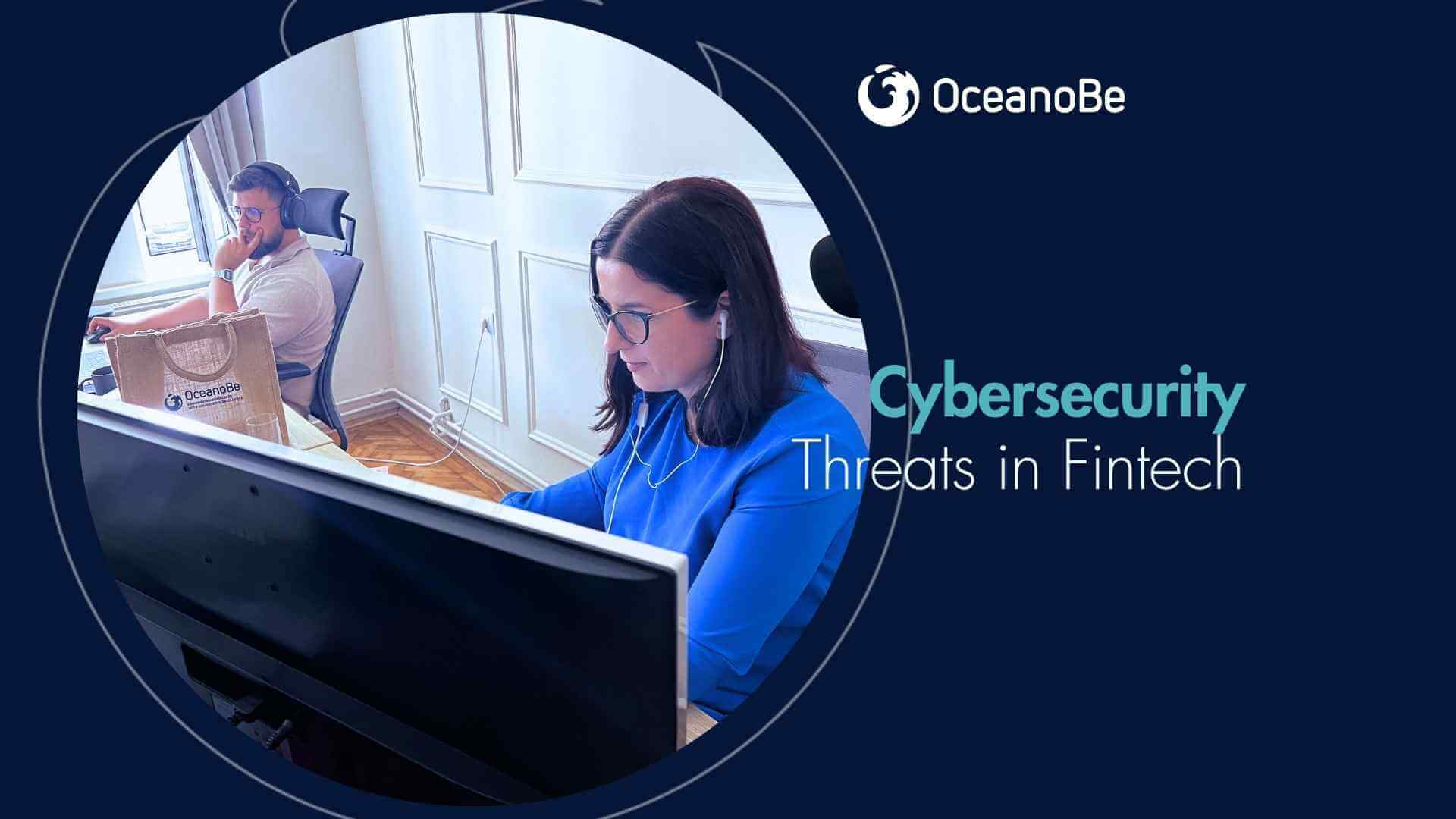Cybersecurity Trends in Fintech
Protecting Against Emerging Threats
Protecting Against Emerging Threats

Explore emerging fintech cybersecurity threats, best practices for digital protection, and key compliance strategies in 2025 and beyond.
As financial technologies continue to push boundaries—with instant payments, AI-powered services, and embedded finance—cybersecurity becomes more than a compliance requirement, but a critical business enabler.
Today’s fintech platforms are no longer isolated environments. They’re hyper-connected ecosystems that exchange sensitive data with banks, third-party providers, cloud infrastructure, and regulatory bodies. This interconnectedness introduces new risks and attack surfaces that demand strategic, proactive defenses.
Let’s explore the latest cybersecurity trends affecting fintech, along with best practices and regulatory approaches for staying ahead of evolving threats.
In today’s interconnected financial ecosystem, fintech companies are facing a wave of sophisticated cybersecurity threats that evolve just as quickly as the technologies they adopt. As these platforms handle vast amounts of sensitive customer data and financial assets, they’ve become highly attractive targets for malicious actors.
We think it’s important to bear in mind the possible vulnerabilities of the fintech system, since it might be the only way to protect against some threats.
One growing concern is the rise of supply chain attacks. Some fraudulent actions might infiltrate entire ecosystems—often bypassing perimeter defenses by targeting a single weak link, as recent breaches in payment providers have shown.
The threat landscape is further complicated by the emergence of Ransomware-as-a-Service (RaaS). Once the domain of elite cybercriminals, ransomware is now available to less technically skilled operators through the dark web, making attacks more frequent, automated, and damaging.
Credential stuffing and account takeover attempts are also on the rise, particularly as fintech services go mobile-first. Many users continue to reuse passwords across platforms, and in the absence of strong authentication protocols, this creates a critical vulnerability.
Meanwhile, AI is becoming a double-edged sword. While it offers transformative benefits for fintech, it’s also being weaponized by bad actors. Generative AI is now used to create sophisticated deepfakes and synthetic identities capable of bypassing Know-Your-Customer (KYC) verification systems—posing a serious risk to customer trust and regulatory compliance.
Lastly, the expansion of API-driven architectures has opened new vectors for exploitation. Zero-day vulnerabilities, rate-limiting oversights, and logic flaws in APIs present subtle but serious risks, particularly as fintechs scale and expose more functionality to partners and clients.
Together, these challenges demand more than reactive patching—they require a proactive, security-first approach that’s baked into the architecture, code, and team culture from day one.
To combat evolving threats, cybersecurity strategies in fintech must be holistic, adaptive, and deeply integrated into the development lifecycle. Here’s some of our insights on how leading teams protect their assets.
Assume no component or user is inherently trustworthy. Enforce strict identity verification, micro-segmentation, and least privilege access across systems.
Incorporate secure coding standards (OWASP Top 10), code scanning tools like SonarQube, and penetration testing into the CI/CD pipeline.
From internal tools to customer-facing apps, MFA should be standard—especially for admin or root-level access.
Protect data in transit and at rest using strong cryptographic algorithms such as TLS 1.3 and AES-256, and rotate keys regularly.
Monitor, throttle, and authenticate API calls using gateways like Kong, Apigee, or AWS API Gateway to prevent abuse.
Use platforms like Elastic Stack or Splunk to detect anomalies, run threat intelligence, and automate incident responses.
Beyond technical implementation, regulatory frameworks play a vital role in shaping how fintech organizations structure their cybersecurity posture.
GDPR & PSD2 (Europe): These regulations mandate data minimization, consent-based processing, and strong customer authentication (SCA) protocols.
PCI DSS: Essential for any fintech product handling cardholder data. Regular audits, encrypted storage, and secure access controls are a must.
ISO/IEC 27001 & SOC 2: These frameworks are becoming industry standards for demonstrating security maturity to partners and investors.
Data Localization & Residency Laws: Emerging requirements in markets like India or Brazil mean fintech companies need cloud strategies that support geo-fencing and compliance.
Incident Response Readiness: Regulations increasingly require fintechs to notify authorities (and customers) of data breaches within strict timelines. Having a pre-approved IR plan is now non-negotiable.
Technology alone doesn’t make platforms secure—people do. Fintech organizations must invest in:
At OceanoBe, our engineering culture is built around secure-by-design principles. Whether we’re building BNPL platforms, banking APIs, or payment orchestration systems, our development teams apply strong security protocols, privacy-by-default design, and secure handling of all PII and financial data.
Cybersecurity is not a feature—it’s the foundation. As fintech continues to redefine how money moves, the need to protect platforms, users, and transactions from emerging threats becomes ever more urgent. Fintech leaders must treat cybersecurity as a core differentiator and competitive advantage.
Want to learn how we help fintechs ship secure, scalable software from day one?
Contact the OceanoBe team to build your next product with confidence.